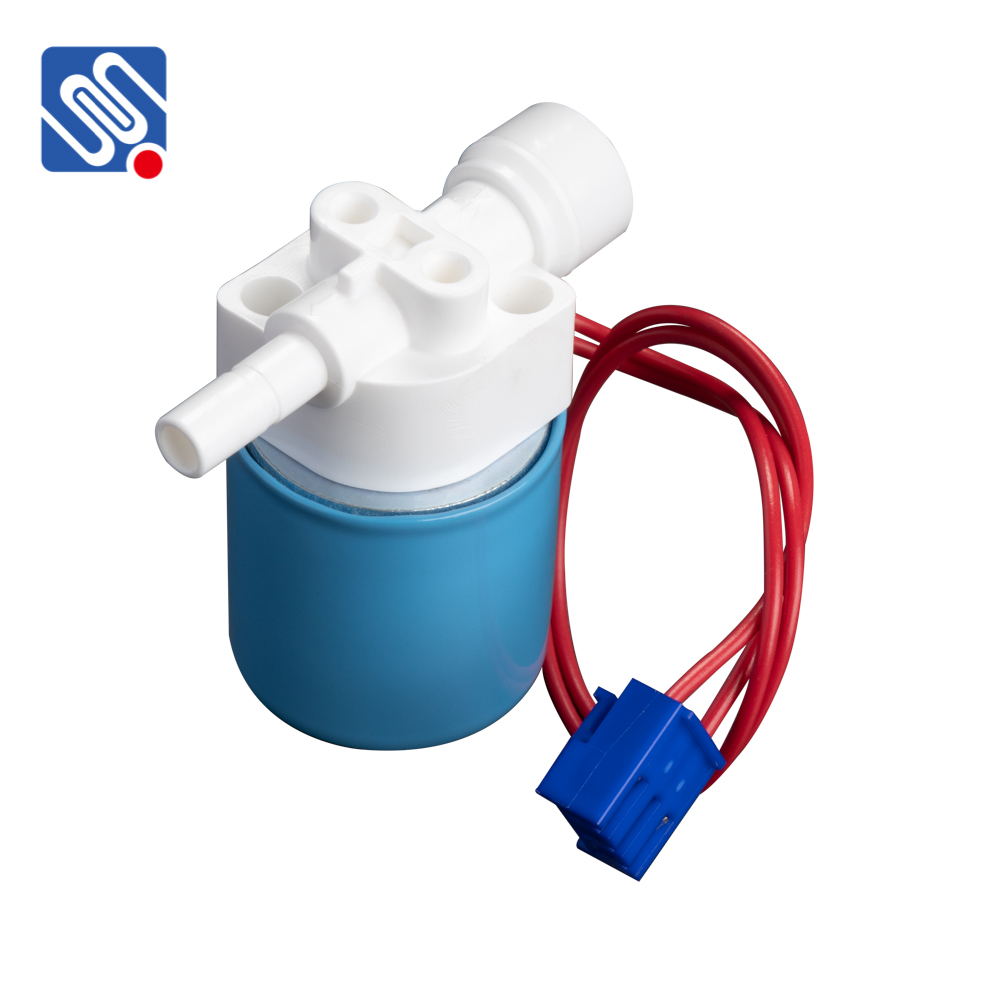understanding ro solenoid valve: key component for efficient water filtration systems
Release time:2025-05-19 12:29:25
Reverse Osmosis (RO) systems are widely used for water purification, removing contaminants and providing clean, drinkable water. One crucial component of these systems is the RO solenoid valve, which plays a significant role in regulating the flow of water through the system. This article explores the importance of the RO solenoid valve, its function, types, and benefits, helping you understand why it's essential for maintaining the efficiency of your water filtration system.

What is an RO Solenoid Valve?
An RO solenoid valve is an electromechanical device that controls the flow of water in an RO system. It consists of a coil, plunger, spring, and other components, and works by using electromagnetic force to either open or close the valve. When an electric current passes through the coil, it creates a magnetic field, causing the plunger to move and allowing or stopping the flow of water.
In an RO system, the solenoid valve is typically used to control water flow during specific stages of the filtration process, including during filtration, flushing, or when the system is not in use. The valve's ability to regulate water flow ensures that the filtration process works efficiently, preventing water wastage and ensuring that the system operates at its best.

